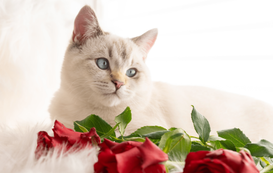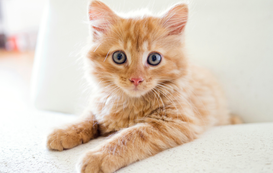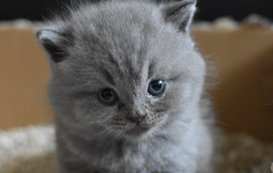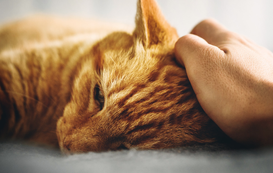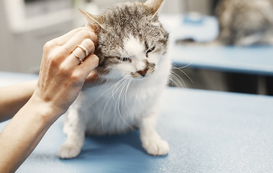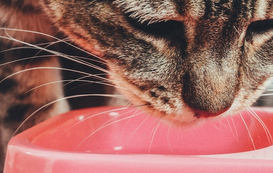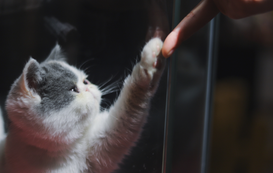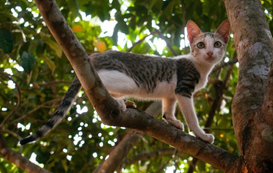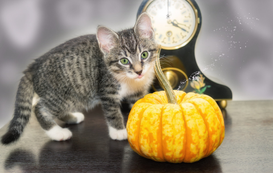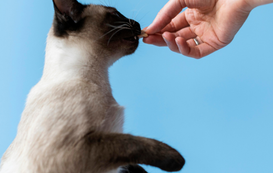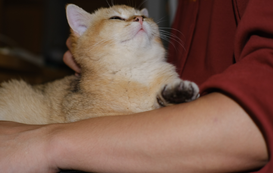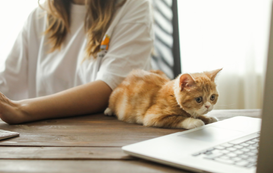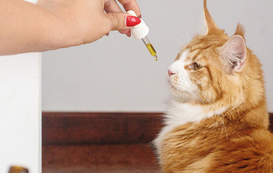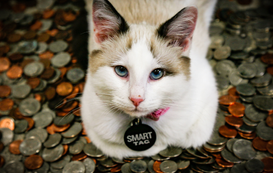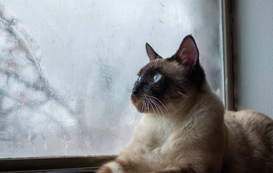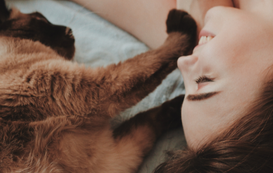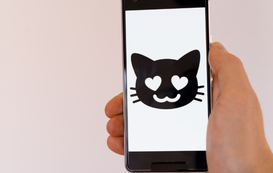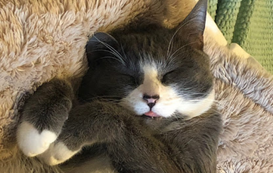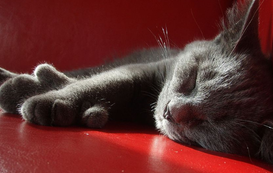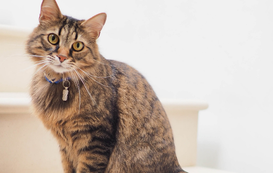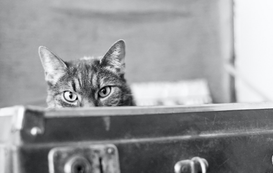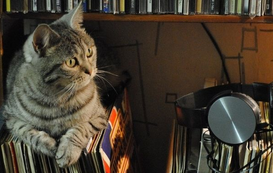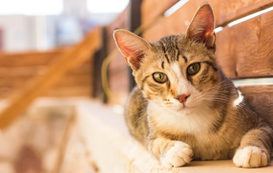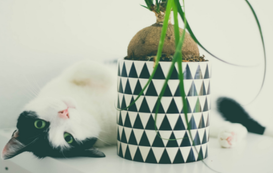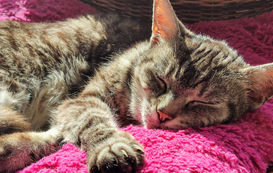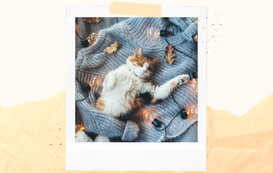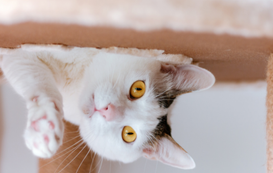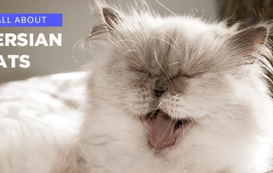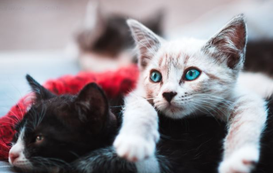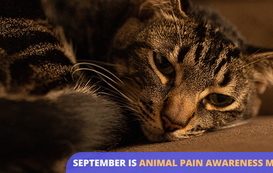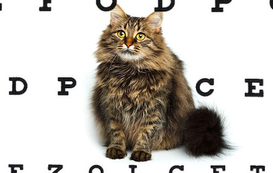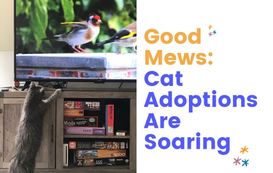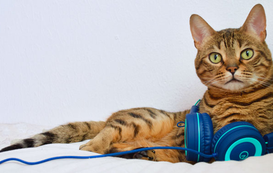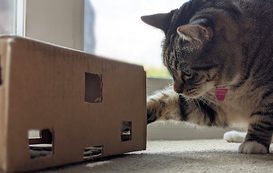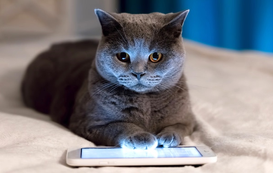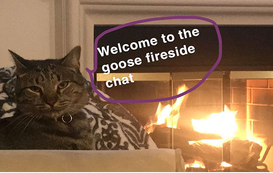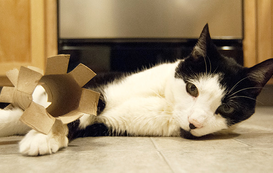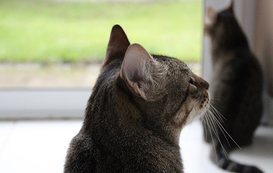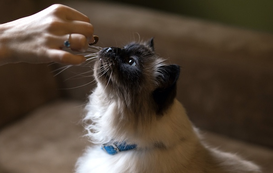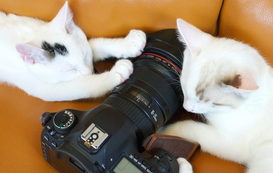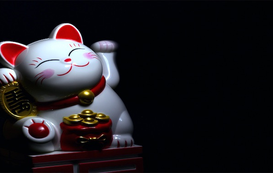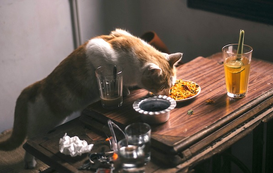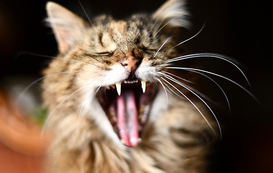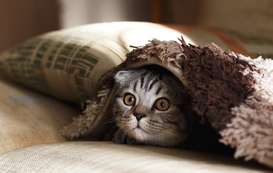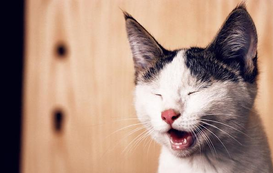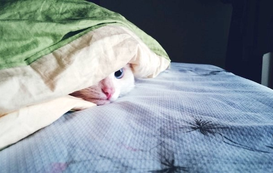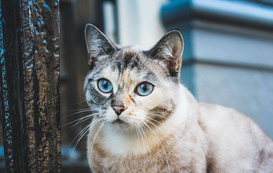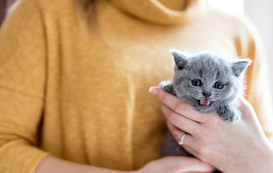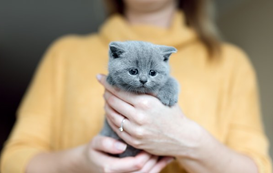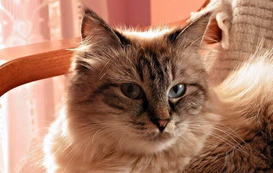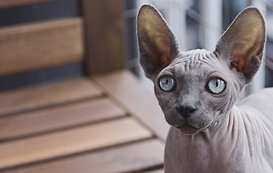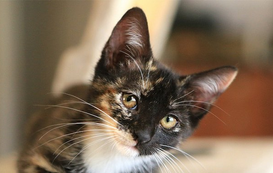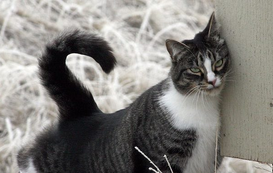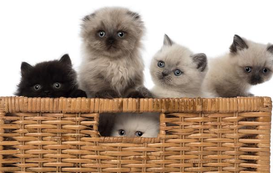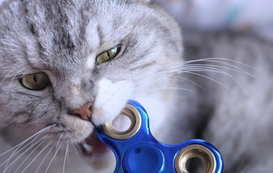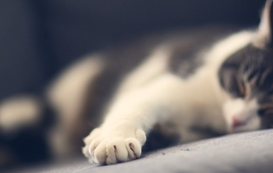- Home
- Cat Sitter Blog
- Cat Behavior
- Do Cats Recognize Their Reflection? And Other Common Questions
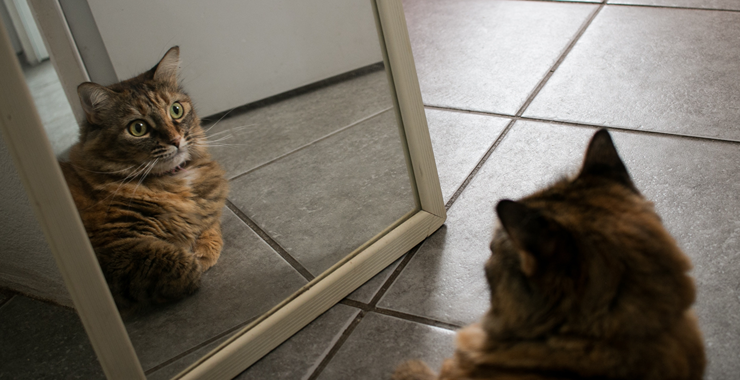

Do Cats Recognize Their Reflection? And Other Common Questions
From their fascination with mirrors to their adorable habit of “making biscuits,” we can’t get enough of our cats and their purrfect quirks! But why do cats behave in these ways? Let's take a look!
Do cats recognize themselves in the mirror?
If you’ve ever placed your cat in front of a mirror, you’ve likely witnessed an amusing reaction. A cat seeing themself in the mirror can lead to all kinds of responses, ranging from indifference to curiosity and possibly even aggression.
According to animal behaviorists, domestic cats are thought to be incapable of recognizing their own reflection. However, this doesn't mean that they can't learn or respond to mirrors. Many cats are interested in the movement and visual stimuli in the mirror, possibly thinking that they are encountering another cat. This may lead to curiosity and visual exploration of their newfound “friend,” or it can spark aggressive behavior if they try to attack the “other” cat in the mirror.
Why does my cat sometimes present me with their toys?
When your cat presents you with their favorite toy, it's a display of trust, affection, and an instinctual behavior rooted in their hunting ancestry. Here are a few reasons why cats bring toys to their owners:
1) Offering a "gift": Congratulations! Your feline friend most likely sees you as part of their social group and may bring you their prized toy as a symbol of their affection. Cats often view their owners as surrogate family members, and this behavior is reminiscent of bringing prey to share with loved ones.
2) Play and bonding: By bringing toys to their owners, cats may be seeking interaction and playtime. They may enjoy the shared experience of chasing, pouncing, and batting at toys together, strengthening the bond between cat and owner.
3) Teaching opportunity: Cats may bring toys as a way to teach their owners hunting skills. In the wild, mother cats teach their kittens how to hunt by presenting them with injured or immobilized prey. Similarly, your cat might be trying to engage you in a playful hunting session to enhance your skills. How cute is that?
Why do cats knead with their paws?
The rhythmic motion of cats pushing their paws in and out against a soft surface, known as kneading (or “making biscuits”), is a common behavior seen in domesticated cats. Several theories attempt to explain why cats engage in this adorable behavior:
1) Reliving kittenhood: Kneading is believed to be a throwback behavior to kittenhood. Kittens instinctively knead their mother's mammary glands while nursing to stimulate milk flow. This behavior may be retained into adulthood as a comforting and nostalgic habit.
2) Marking territory: Cats have scent glands in the soft pads of their paws. When they knead, they release pheromones onto the surface, marking it as their own. This behavior can serve as a territorial or bonding gesture, especially when done on their owners or favorite spots.
3) Stretching and muscle relaxation: Kneading can serve as a form of stretching and muscle exercise for cats. The act helps them flex their muscles, promote blood flow, and alleviate tension, providing physical and emotional comfort.
Bonus: Fun Facts about Cats
1) Purr-fect communication: Cats use purring not only to express contentment but also to communicate other emotions such as anxiety or pain.
2) Acrobatic abilities: Cats are incredibly agile and possess a remarkable sense of balance. They have a flexible backbone and collarbone that enables them to rotate their bodies mid-air and land safely on their feet.
3) Nighttime hunters: Cats are crepuscular creatures, meaning they are most active during dawn and dusk. Their exceptional night vision and sensitive whiskers aid them in navigating and hunting in low-light conditions.
4) Whiskers as sensory tools: Whiskers, or vibrissae, serve as a crucial sensory tool for cats. They help them gauge the size of openings, detect changes in air currents, and navigate through narrow spaces.
5) Wide vocal range: Cats are capable of producing an impressive range of vocalizations, including meowing, purring, hissing, growling, and even chirping. Each vocalization serves a specific purpose, from communicating with humans to expressing aggression or attraction.
6) Additional cat facts can be found here and here.
Every cat is unique, and their behaviors may vary. Take the time to observe, interact, and appreciate your feline companion's individuality, and you'll continue to unravel the delightful mysteries that make cats such beloved and cherished friends. If you’re heading out of town and looking for a trusted sitter to appreciate your cat’s quirks and keep you posted with regular text and photo updates, look no further. Meowtel has you covered!
Frequently Asked Questions
Q: How long do cats typically remain interested in mirrors, and does this interest change as they grow?
A: Cats' interest in mirrors can vary greatly among individuals, and it tends to decrease as they grow older and become more familiar with their reflection, recognizing that it poses no threat or significant interaction.
Q: Are there any particular toys or activities recommended to redirect a cat's attention from mirrors?
A: For cats that seem overly fixated on mirrors, distracting them with engaging toys or interactive play sessions can help shift their focus.
Q: How can owners positively reinforce good behavior when cats interact appropriately with mirrors or toys?
A: Positive reinforcement, such as providing treats and affection when they ignore the mirror or play gently, can encourage good behavior around mirrors and strengthen the bond between the cat and its owner.





